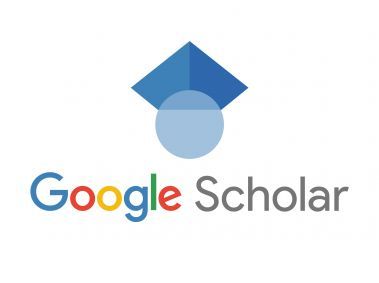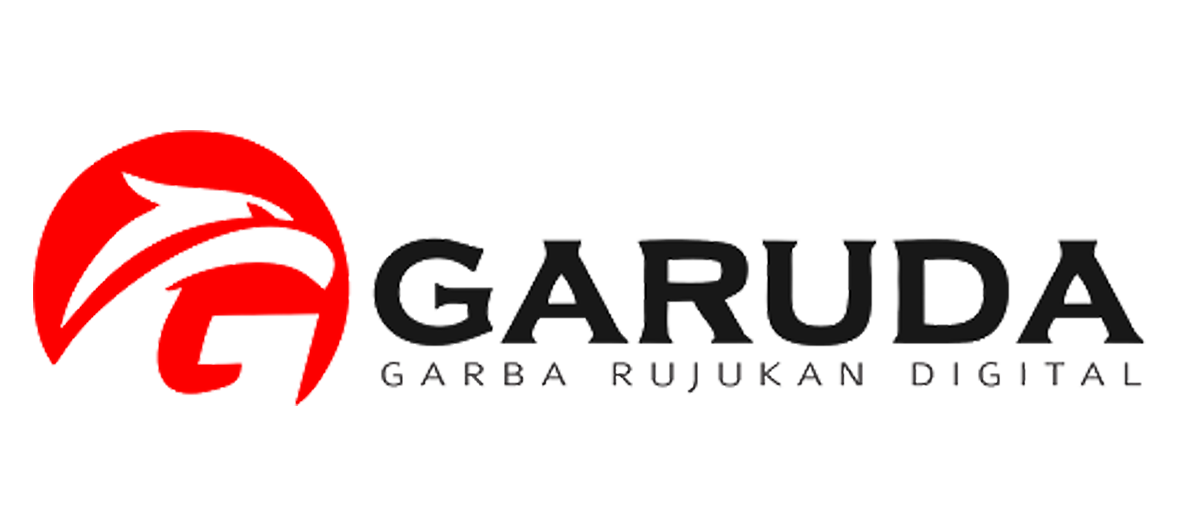Design of a Generative AI Image Similarity Test Application and Handmade Images Using Deep Learning Methods
DOI:
https://doi.org/10.31315/telematika.v20i3.10096Keywords:
Deep Learning, AI Generative, Transformers, BEiT, Image ClassificationAbstract
Purpose: The aim of this research is to develop a classification model using the Transformer approach, specifically the BEiT architecture, to differentiate between handmade images and AI Generative Art. The objective is to ensure the authenticity of art and address ethical and legal concerns related to AI Generative Art.
Design/methodology/approach: The study utilizes the BEiT architecture within the Transformer approach to create a classification model. The training process uses Bidirectional Encoder representation from Image Transformers (BEiT) to improve image classification. The primary datasets are collected through a Python image scraper program. The BEiT workflow includes Pre-training, Masking, Inpainting, and Interface Design with Gradio.
Findings/result: The Transformer model, using the BEiT architecture, achieves 96.34% accuracy and 0.0921 loss in differentiating handmade images and AI Generative Art. The model demonstrates a balanced precision and recall in each category, outperforming previous methods such as Convolutional Neural Network (CNN) and VGG16. The language used is clear, objective, and value-neutral, with a formal register and precise word choice. No changes in content were made. The Gradio interface was used to successfully test the model.
Originality/value/state of the art: The research presents a state-of-the-art classification model that uses the Transformer approach, specifically the BEiT architecture, to differentiate between handmade and AI Generative Art images. The research presents a state-of-the-art classification model that uses the Transformer approach, specifically the BEiT architecture, to differentiate between handmade and AI Generative Art images. The text adheres to conventional structure and formatting features, including consistent citation and footnote style. The sentences and paragraphs create a logical flow of information with causal connections between statements. The text is free from grammatical errors, spelling mistakes, and punctuation errors. Additionally, the research is enhanced by the innovative approach to data collection using a Python image scraper program.
References
E. Supriyadi and D. Asih, “IMPLEMENTASI ARTIFICIAL INTELLIGENCE (AI) DI BIDANG ADMINISTRASI PUBLIK PADA ERA REVOLUSI INDUSTRI 4.0,” Jurnal RASI, vol. 2, Jan. 2020, doi: 10.52496/rasi.v2i2.62.
A. Zein, “Kecerdasan Buatan Dalam Hal Otomatisasi Layanan,” Jurnal Ilmu Komputer, vol. 4, no. 2, pp. 16–25, Jan. 2021, [Online]. Available: https://jurnal.pranataindonesia.ac.id/index.php/jik/article/view/96
Emily A. Weiss, “Artificial Intelligence: Foundations, Concepts, and Ethical Considerations,” Journal of Intelligent Systems, vol. 28, no. 1, pp. 1–20, 2019.
M. Jovanović and M. Campbell, “Generative Artificial Intelligence: Trends and Prospects,” Computer (Long Beach Calif), vol. 55, no. 10, pp. 107–112, 2022, doi: 10.1109/MC.2022.3192720.
V. Borisov, J. Haug, and G. Kasneci, “CancelOut: A Layer for Feature Selection in Deep Neural Networks,” 2019, pp. 72–83. doi: 10.1007/978-3-030-30484-3_6.
Koosha Sharifani and Mahyar Amini, “Machine Learning and Deep Learning: A Review of Methods and Applications,” World Information Technology and Engineering Journal, vol. 10, no. 07, pp. 3897–3904, 2023.
N. Yudistira, “Peran Big Data dan Deep Learning untuk Menyelesaikan Permasalahan secara Komprehensif,” Expert, vol. 11, no. 2, pp. 78–89, Jan. 2021, doi: 10.36448/expert.v11i2.2063.
Craig A. DeLarge, “The Role of Artificial Intelligence in Generative Art,” Journal of Computational Creativity, vol. 4, no. 2, pp. 145–162, 2019.
E. Zhou and D. Lee, “Generative AI, Human Creativity, and Art,” SSRN Electronic Journal, 2023, doi: 10.2139/ssrn.4594824.
G. W. Intyanto, “Klasifikasi Citra Bunga dengan Menggunakan Deep Learning: CNN (Convolution Neural Network),” Jurnal Arus Elektro Indonesia, vol. 7, no. 3, p. 80, Dec. 2021, doi: 10.19184/jaei.v7i3.28141.
M. M. Baharuddin, H. Azis, and T. Hasanuddin, “ANALISIS PERFORMA METODE K-NEAREST NEIGHBOR UNTUK IDENTIFIKASI JENIS KACA,” ILKOM Jurnal Ilmiah, vol. 11, no. 3, pp. 269–274, Dec. 2019, doi: 10.33096/ilkom.v11i3.489.269-274.
R. Srinivasan and K. Uchino, “Biases in Generative Art,” in Proceedings of the 2021 ACM Conference on Fairness, Accountability, and Transparency, New York, NY, USA: ACM, Mar. 2021, pp. 41–51. doi: 10.1145/3442188.3445869.
A. Ghosh and G. Fossas, “Can There be Art Without an Artist?,” Sep. 2022.
L. Hermawan and M. Bellaniar Ismiati, “Pembelajaran Text Preprocessing berbasis Simulator Untuk Mata Kuliah Information Retrieval,” Jurnal Transformatika, vol. 17, no. 2, p. 188, Jan. 2020, doi: 10.26623/transformatika.v17i2.1705.
R. Xiong et al., “On Layer Normalization in the Transformer Architecture,” Feb. 2020.
K. Li et al., “An Empirical Study of Transformer-Based Neural Language Model Adaptation,” in ICASSP 2020 - 2020 IEEE International Conference on Acoustics, Speech and Signal Processing (ICASSP), IEEE, May 2020, pp. 7934–7938. doi: 10.1109/ICASSP40776.2020.9053399.
A. Gillioz, J. Casas, E. Mugellini, and O. A. Khaled, “Overview of the Transformer-based Models for NLP Tasks,” Sep. 2020, pp. 179–183. doi: 10.15439/2020F20.
Y. Wang, J. Zhang, M. Kan, S. Shan, and X. Chen, “Self-supervised Equivariant Attention Mechanism for Weakly Supervised Semantic Segmentation,” Apr. 2020.
Y. Liu et al., “RoBERTa: A Robustly Optimized BERT Pretraining Approach,” Jul. 2019.
Z. Peng, L. Dong, H. Bao, Q. Ye, and F. Wei, “BEiT v2: Masked Image Modeling with Vector-Quantized Visual Tokenizers,” Aug. 2022.
S. Chaudhury and K. Sau, “RETRACTED: A BERT encoding with Recurrent Neural Network and Long-Short Term Memory for breast cancer image classification,” Decision Analytics Journal, vol. 6, p. 100177, Mar. 2023, doi: 10.1016/j.dajour.2023.100177.
T. Singh, D. C. Jhariya, M. Sahu, P. Dewangan, and P. Y. Dhekne, “Classifying Minerals using Deep Learning Algorithms,” IOP Conf Ser Earth Environ Sci, vol. 1032, no. 1, p. 012046, Jun. 2022, doi: 10.1088/1755-1315/1032/1/012046.






